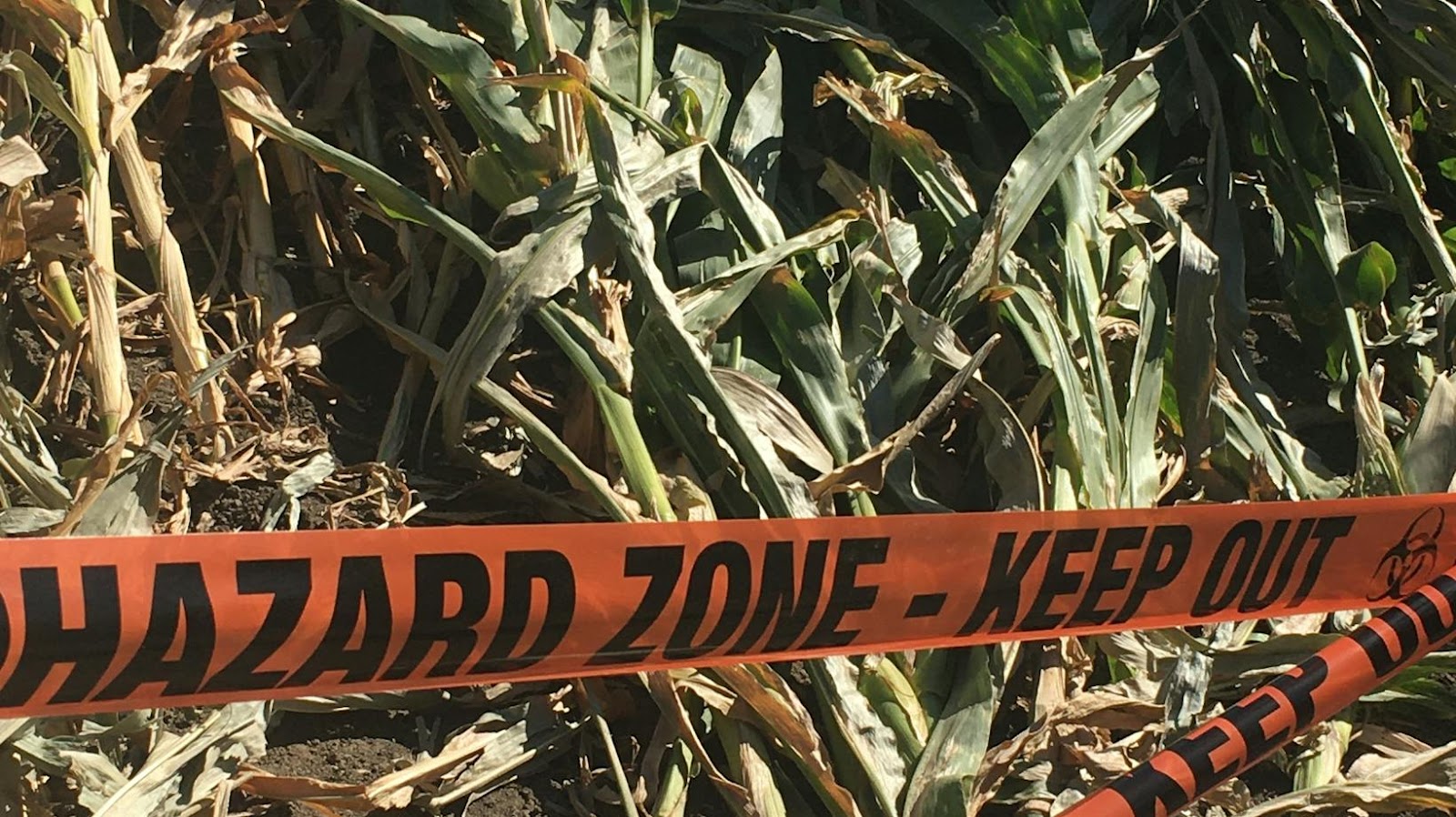Technological Hazards: Impacts and Safety Measures
All Hazards Are Often Categorized As
Understanding hazards isn’t just about knowing what they are – it’s about identifying categories to make recognition and prevention more effective. There are no strict rules that dictate how hazards are categorized, but generally, hazards are grouped into four broad categories: physical, chemical, biological, and psychological. Let’s elaborate further.
Physical Hazards
These represent unsafe conditions or activities that could lead to an accident or injury. Examples could include everything from faulty equipment to unstable structures and extreme weather conditions. We often overlook physical hazards because they’re part of our routine or environment, making their recognition essential.
Chemical Hazards
Chemical hazards are substances that can cause harm or discomfort to our bodies. They come in many forms, including solids, liquids, gases, or mists, and can injure us if they are inhaled, ingested or touch our skin. Common chemical hazards include cleaning products, paints, acids, dust, and even seemingly harmless substances like flour. Hence, knowing about chemical hazards helps us handle these substances safely.
Biological Hazards
These hazards come from living organisms, including bacteria, viruses, fungi, parasites, and other microorganisms. They can spread diseases amongst us, sometimes severely affecting public health. An ongoing example of a biological hazard is the COVID-19 virus. Understanding biological hazards helps us ensure procedures are in place to protect ourselves and our community.
Psychological Hazards
Psychological hazards can affect our mental well-being. Examples include stress, bullying, or violence at the workplace, to name a few. Despite not being as obvious as physical or chemical hazards, psychological hazards can have serious, long-term effects on our health. Recognizing them goes a long way towards maintaining a mentally healthy and safe environment.
Please remember, identifying and categorizing hazards is the first step to counteracting and preventing them. With proper knowledge and understanding, we can all contribute to a safer world.
Natural Hazards
As we delve further into the categorization of hazards, it becomes crucial to shed light on another distinct category – Natural Hazards. As the name suggests, these are hazards emanating directly from our natural surroundings or environment. They include, but are not limited to, disasters such as earthquakes, tornadoes, and hurricanes.
- Earthquakes
- Tornadoes
- Hurricanes
Man-Made Hazards
Man-made hazards, also known as anthropogenic hazards, pose their own particular set of risks and challenges. These hazards derive not from nature, but from human activities and inventions. Let’s dive deeper and explore some specific forms of man-made hazards and the threats they carry.
- Chemical Accidents
- Terrorism
- Cyberattacks
Overall, man-made hazards present significant challenges, but understanding these threats is the first step to minimize their potential risks. In the next section, we’ll be discussing practical measures to tackle these hazards head-on.
Technological Hazards
Understanding hazards necessitates exploring not only those arising from human activities but also technological hazards. We’re defining technological hazards as risks associated with the failures or malfunctions of human-made systems and technologies. These can range from power outages to transportation accidents, and larger infrastructure failures.
Power Outages
Power outages, commonly known as blackouts, are significant technological hazards that can disrupt lives and cripple businesses. They can happen due to a variety of factors, including storms, equipment failure, and human error. For instance, the 2003 North American blackout affected approximately 50 million people and caused significant losses. Importantly, power outages aren’t merely inconvenient. They can lead to severe problems like halting medical services, spoiling food supplies, and causing traffic chaos.
Transportation Accidents
Transportation accidents, be it by road, air, or sea, are also key examples of technological hazards. These can often be attributed to mechanical failure, operator error, or adverse environmental conditions. Air crashes, train derails, or shipwrecks not only claim lives but also have extensive environmental and economic impacts. A tragic example is the 1912 Titanic disaster, which led to huge loss of lives due to a collision with an iceberg. Beyond the human tragedy, such incidents highlight the critical need for stringent safety measures in transportation systems.
Infrastructure Failures
Finally, we look at a broad category of technological hazards – infrastructure failures. This involves the breakdown of large-scale systems like bridges, dams, or nuclear power plants. The failures can result from poor maintenance, design flaws, or natural disasters. One historical example is the 1975 Banqiao Dam failure in China, which led to the deaths of an estimated 171,000 people. The fatal incident underscores the gravity of infrastructure failures and their far-reaching consequences.
We’ve traversed the landscape of hazards, focusing on the inherent risks in technological systems. We’ve seen how power outages, transportation accidents, and infrastructure failures can disrupt our daily lives. The key takeaway here is the importance of robust safety measures in our transportation systems to minimize these technological hazards.


